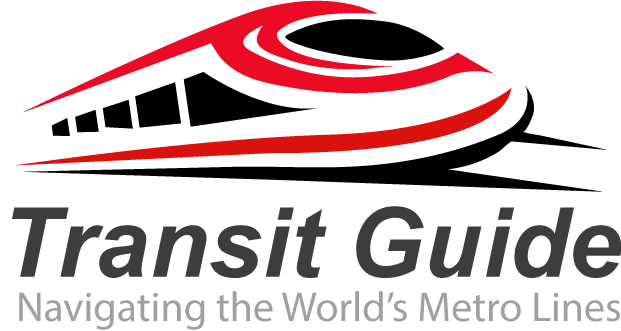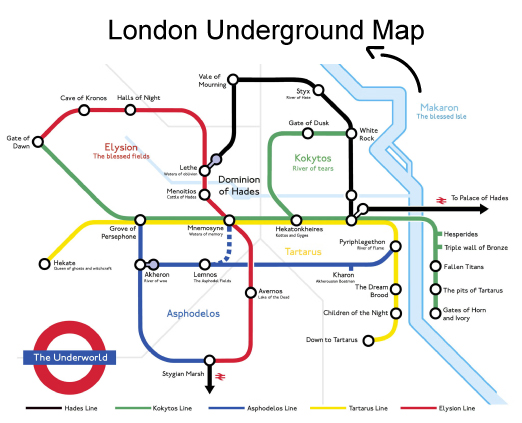The London Underground, affectionately known as “the Tube,” stands as one of the world’s most iconic and extensive metro systems. Serving Greater London and surrounding areas, this comprehensive transit network has been connecting millions of passengers daily since 1863, making it the oldest underground railway system in the world.
Overview of the London Metro Network
The London Underground consists of 11 distinct lines spanning 402 kilometers (250 miles) of track, serving 272 stations across nine zones. The system operates under Transport for London (TfL) and integrates seamlessly with other London transport services, including buses, trams, and the Overground network.
The eleven lines include the Central, Circle, District, Hammersmith & City, Jubilee, Metropolitan, Northern, Piccadilly, Victoria, Waterloo & City, and Elizabeth lines. Each line is color-coded and clearly marked throughout the system, making navigation straightforward for both residents and tourists.
Key Features and Services
Operating Hours and Frequency
The London Metro typically operates from 5:00 AM to midnight Monday through Saturday, with reduced hours on Sundays. Select lines offer Night Tube services on weekends, providing 24-hour transportation on Friday and Saturday nights. During peak hours, trains run every 2-3 minutes, while off-peak frequencies range from 5-10 minutes.
Payment Systems
The London Underground uses a modern contactless payment system accepting Oyster cards, contactless bank cards, and mobile payments. The fare structure operates on a zone-based system, with Zone 1 covering central London attractions and business districts. Daily and weekly caps ensure passengers never pay more than necessary for their journeys.
Accessibility Features
TfL has invested significantly in accessibility improvements, with step-free access available at numerous stations. Audio announcements, tactile guidance systems, and dedicated spaces for wheelchair users ensure the system accommodates passengers with diverse mobility needs.
Popular Routes and Destinations
The London Metro connects major attractions including the Tower of London (Tower Hill station), Buckingham Palace (Victoria or Green Park), the British Museum (Russell Square), and Westminster Abbey (Westminster station). Business districts like the City of London and Canary Wharf are easily accessible via multiple lines.
Airport connections include direct services to Heathrow via the Piccadilly line and Elizabeth line, while connections to Gatwick and other airports are available through interchange stations.
Tips for Using the London Underground
Plan your journey using the official TfL website or mobile app, which provides real-time updates and service disruptions. During rush hours (7:30-9:30 AM and 5:00-7:00 PM), expect crowded conditions and consider alternative routes or travel times.
Always stand right on escalators, allowing others to walk on the left. Keep your ticket or payment card easily accessible, as barriers require quick entry and exit.
Conclusion
The London Metro system represents a remarkable achievement in urban transportation, efficiently connecting one of the world’s largest metropolitan areas. Whether you’re commuting to work, exploring historic landmarks, or navigating London’s vibrant neighborhoods, the Underground provides reliable, comprehensive coverage that makes London truly accessible. With ongoing modernization projects and expansion plans, the London Metro continues evolving to meet the needs of this dynamic global city.

